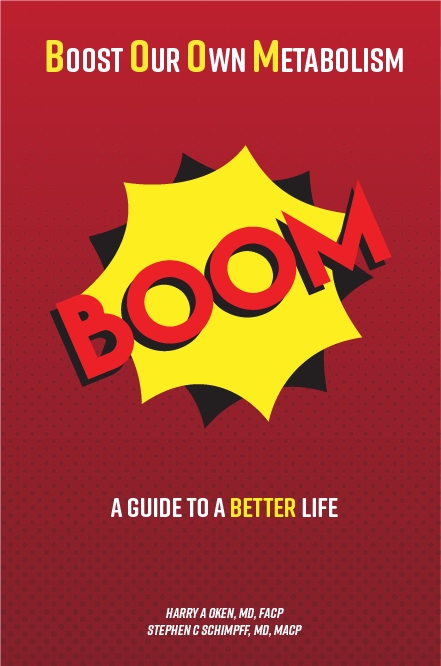|
Stop and go, stop and go, 2 steps forward, one step back.
Nonetheless, we are moving forward - slowly. Is that not
life? It's never a straight trajectory and that's okay. This
happens all the time in all phases of our lives (like my
book, which is not ready quite yet!). And so, you are seeing
this with our slow progress in trying to make the best
decisions for opening up our state and country. At 3:00
today, Governor Hogan will be making an announcement. Will
it be a date for initiating Phase 1? I hope so, but if there
are good reasons to pause, then we should use an abundance
of caution to re-evaluate the data before we step on the
accelerator. Stepping back and looking at the big picture,
seeing the forest from the trees, helps us, so even though
we are chomping at the bit, we need to do reality checks.
In the past few days, we have seen an uptick in deaths and
hospitalizations in Maryland. It is my contention, and I am
sure the feeling of many, that we just want to make certain
our health care system is prepared should there be another
surge. From everything I have learned, we are. This leaves
us with accepting that COVID-19 is here to stay and
therefore we have to accept social distancing, hand hygiene,
faces masks, and most importantly, protecting the
vulnerable. Remember that approximately 44% of Maryland
deaths to date have been in patients >80 years old with an
additional 24% of the deaths in patients >70 years old.
The numbers:
The
Murray model from the University of Washington is now
predicting a higher number of deaths: 130,000 by August.
This model is based on current data (cell phone mobility,
deaths, hospitalizations, etc.). It currently does not take
into account the mitigating effect of face masks.
Maryland:
28,163 cases -/- 1,338 deaths -/- 4.75% fatality rate
The Maryland Ro:
(see April 22 Update for explanation of Ro) No real change,
we remain in the green zone, 0.92; lower is better.
Locally, all remains stable.
Diagnostics and Therapeutics:
-
More and more information from pulmonary and critical
care physicians is pointing the way to better strategies
for the treatment of respiratory failure, holding off on
ventilator use and proper positioning and settings.
-
Some people have a tendency to develop blood clots,
particularly if having severe symptoms; this can be
followed (using the D-dimer test) and managed with
anticoagulants.
-
Initially, there were concerns about the use of blood
pressure drugs called ACE's and ARB's; we now know they
are safe to use.
-
NSAID's like naproxen (Aleve) and ibuprofen (Advil) and
prescription anti-inflammatories like Meloxicam (Mobic),
Celebrex, Diclofenac (Voltaren) all seem safe to
continue to use.
|



